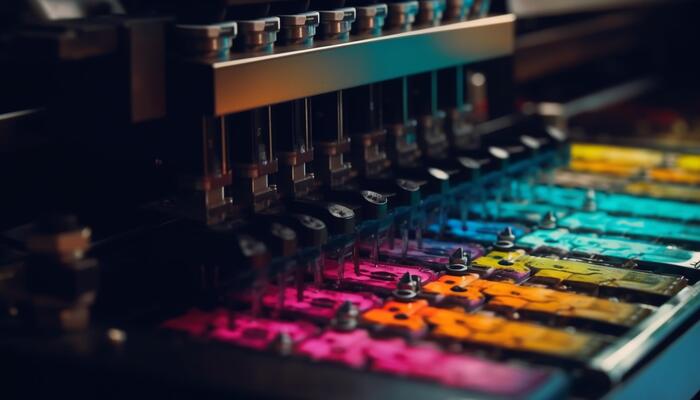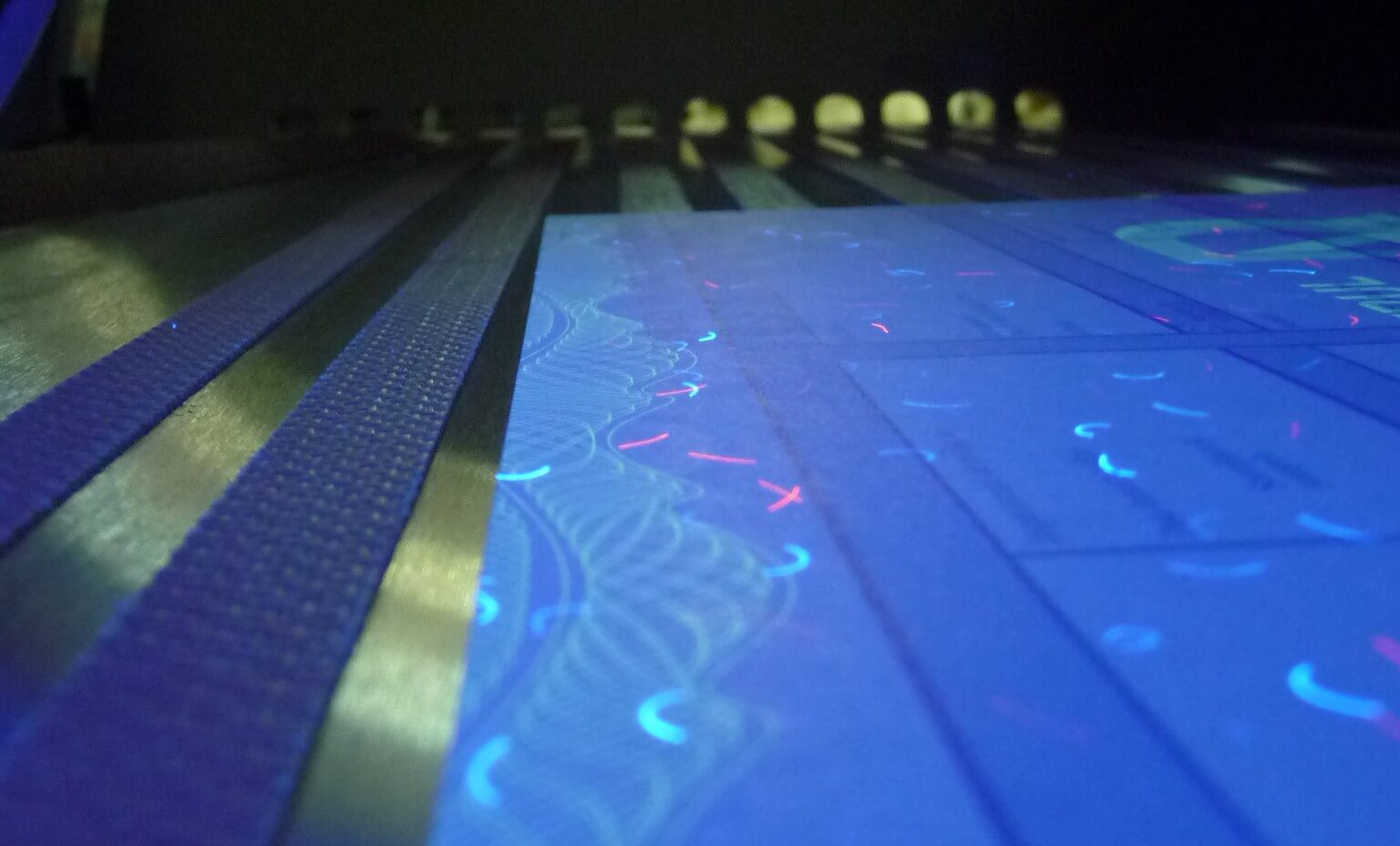In the world of printing, offset printing machines are renowned for their ability to produce high-quality prints with precision. However, like any complex machinery, these machines can face issues that may disrupt the printing process. Understanding offset printing machine troubleshooting is essential for anyone involved in the printing industry. In this article, we will explore common problems associated with offset printing machines and provide practical solutions to address them effectively.

The Importance of Offset Printing Machines
Offset printing machines have long been the backbone of the printing industry. They are widely used for producing newspapers, magazines, brochures, and various marketing materials. These machines operate on a simple yet effective principle: transferring an inked image from a plate to a rubber blanket, and then onto the printing surface. This process ensures high-quality and consistent results, making offset printing a preferred choice for large-scale printing projects.
Common Problems in Offset Printing
Despite their reliability, offset printing machines can encounter several issues. Here are some of the most common problems:
- Ink Roller Issues: Problems with ink rollers can lead to uneven ink distribution and poor print quality.
- Paper Jams: Frequent paper jams can disrupt the printing process and cause delays.
- Color Inconsistencies: Achieving consistent color reproduction can be challenging, especially in large print runs.
- Registration Errors: Misalignment of colors can result in blurry or double images.
Troubleshooting Ink Roller Issues
Ink roller issues are a common concern in offset printing machines. These problems can be caused by worn-out rollers, improper roller settings, or contamination. To address these issues:
Inspect and Clean Rollers Regularly
Regular maintenance is crucial for preventing ink roller problems. Inspect the rollers for signs of wear and tear, and clean them thoroughly to remove any ink buildup or debris. Proper cleaning ensures smooth ink transfer and consistent print quality.
Adjust Roller Settings
Incorrect roller settings can lead to uneven ink distribution. Check and adjust the roller pressure and alignment to ensure optimal contact with the printing plate. This adjustment helps achieve uniform ink coverage and reduces the risk of streaks or smudges.
Addressing Paper Jam Issues
Paper jams are frustrating and can disrupt the printing process. However, they are often preventable with the right measures:
Use High-Quality Paper
Investing in high-quality paper reduces the likelihood of paper jams. Ensure that the paper is compatible with the machine’s specifications and is stored properly to avoid moisture absorption, which can lead to jams.
Maintain Proper Paper Alignment
Ensure that the paper is loaded correctly and aligned with the machine’s guides. Misaligned paper can cause jams and affect print quality. Regularly check and adjust the paper feed mechanism to prevent such issues.
Achieving Consistent Color Reproduction
Color inconsistencies can be a significant challenge in offset printing. To achieve consistent color reproduction:
Calibrate the Printing Machine
Regularly calibrate the printing machine to maintain accurate color reproduction. Calibration involves adjusting the machine’s settings to match the desired color profiles, ensuring consistent results throughout the print run.
Use High-Quality Inks
Invest in high-quality inks that offer vibrant and consistent colors. Poor-quality inks can lead to color fading and inconsistencies, affecting the overall print quality.
Resolving Registration Errors
Registration errors occur when colors do not align correctly, resulting in blurry or double images. To resolve registration errors:
Check Plate Alignment
Ensure that the printing plates are correctly aligned with the rollers and the printing surface. Misaligned plates can cause registration errors and affect print accuracy.
Use Advanced Registration Systems
Consider using advanced registration systems that automatically adjust plate alignment during the printing process. These systems enhance print accuracy and minimize the risk of registration errors.
The Future of Offset Printing
Despite the rise of digital printing technologies, offset printing remains a vital part of the industry. Its ability to produce high-quality prints at a low cost makes it a preferred choice for large-scale printing projects. Additionally, advancements in offset printing technology continue to improve efficiency and print quality, ensuring its relevance in the future.
Offset vs. Digital Printing
When considering printing options, it’s essential to understand the differences between offset and digital printing. While digital printing offers quick turnaround times and is suitable for small print runs, offset printing excels in producing high-quality prints at a lower cost per unit for larger runs. For more information on the differences, you can visit this comparison article.
Sustainability in Offset Printing
Offset printing is also adapting to the growing demand for sustainability in the printing industry. Many printing companies are adopting eco-friendly practices, such as using vegetable-based inks and recycled paper, to reduce their environmental impact. If you are interested in sustainable printing practices, you can explore more about eco-conscious offset printing.
Conclusion
Offset printing machines are essential tools in the printing industry, offering high-quality prints for a wide range of applications. However, they can encounter various issues that require timely troubleshooting. By understanding common problems such as ink roller issues, paper jams, color inconsistencies, and registration errors, printing professionals can effectively address these challenges and ensure smooth printing operations. With continued advancements and a focus on sustainability, offset printing remains a valuable choice for businesses seeking reliable and cost-effective printing solutions.

FAQs
1. What are the advantages of offset printing?
Offset printing provides high-quality prints with vibrant colors and sharp details. It is cost-effective for large print runs and offers a wide range of paper and ink options.
2. How can I prevent paper jams in offset printing machines?
To prevent paper jams, use high-quality paper, maintain proper paper alignment, and regularly inspect the paper feed mechanism for any obstructions.
3. Is offset printing environmentally friendly?
Yes, offset printing can be environmentally friendly when using eco-friendly inks and recycled paper. Many printing companies are adopting sustainable practices to reduce their environmental impact.
This article contains affiliate links. We may earn a commission at no extra cost to you.







